“Global Orthopedic Imaging Equipment Market to reach a market value of USD 7.5 Billion by 2031 growing at a CAGR of 5.7%”
The Global Orthopedic Imaging Equipment Market size is expected to reach $7.5 billion by 2031, rising at a market growth of 5.7% CAGR during the forecast period.
Athletic-related harm comprises an extensive spectrum of musculoskeletal disorders, such as dislocations of joints, strains of ligaments and muscles, tears of tendons, and fractures. Thus, the sport injuries segment captured 13.3% revenue share in the market 2023. Athletic activities, by their inherently high-impact and physically taxing characteristics, render athletes vulnerable to sports-related injuries across the board, encompassing both recreational enthusiasts and professional athletes.
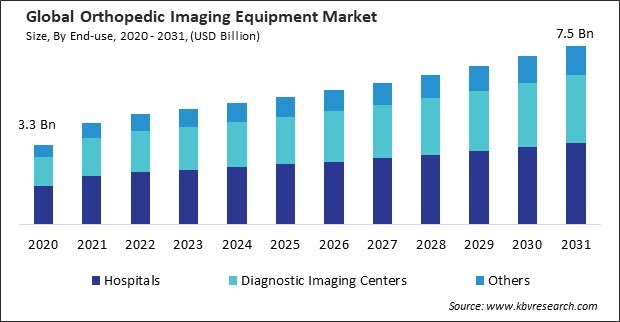
The major strategies followed by the market participants are Partnership as the key developmental strategy to keep pace with the changing demands of end users. For instance, In April, 2024, 2024-Jan: Canon, Inc. came into partnership with Olympus Corporation, a Japanese manufacturer of optics and reprography products. Through this partnership, Canon would enhance patients' quality of life by providing early diagnoses facilitated by endoscopic ultrasound systems. Additionally, In July, 2023, GE HealthCare Technologies, Inc. came into partnership with Elekta, a Swedish company that develops and produces radiation therapy and radiosurgery-related equipment. Through this partnership, GE HealthCare would offer hospitals a complete package covering both diagnostics and treatment for cancer patients in need of radiation therapy.
Based on the Analysis presented in the KBV Cardinal matrix, Siemens Healthineers AG, Canon, Inc., and GE HealthCare Technologies, Inc. are the forerunners in the Orthopedic Imaging Equipment Market. In September, 2023, 2023-Sep: Hologic, Inc. came into partnership with Bayer AG, a German multinational pharmaceutical and biotechnology company. Through this partnership, Hologic, Inc. would offer contrast-enhanced mammography (CEM) solutions in Europe, Canada, and the Asia Pacific region. CEM combines digital mammography with contrast agents, aiding breast cancer diagnosis and treatment decisions. Companies such as Shenzhen Mindray Bio-Medical Electronics Co., Ltd. and Hologic, Inc. and Carestream Health, Inc. are some of the key innovators in Orthopedic Imaging Equipment Market.
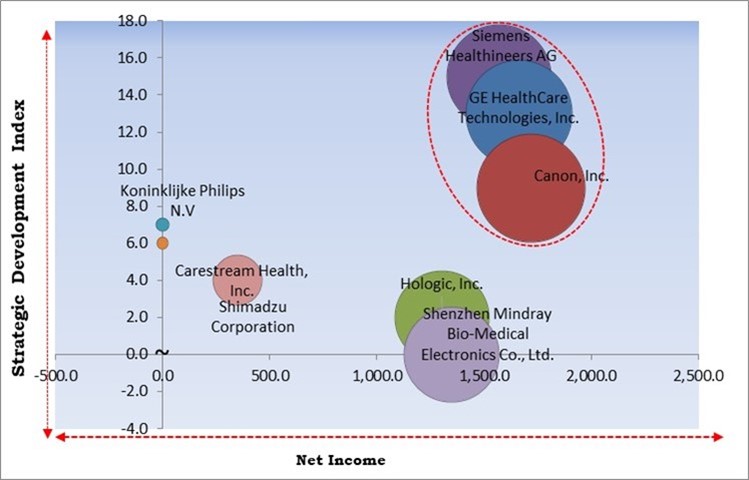
By end-use, the market is fragmented into hospitals, diagnostic imaging centers, and others. The hospitals segment procured 47.7% revenue share in the market in 2023. The hospital segment is a vital component of the market, representing healthcare facilities that provide comprehensive orthopedic care to patients.
Based on modality, the market is characterized into X-ray, CT, MRI, ultrasound, and nuclear imaging. In 2023, the MRI segment recorded 21.5% revenue share in the market. MRI (Magnetic Resonance Imaging) is a critical component of musculoskeletal diagnostics, offering detailed visualization of soft tissues, joints, and bones.
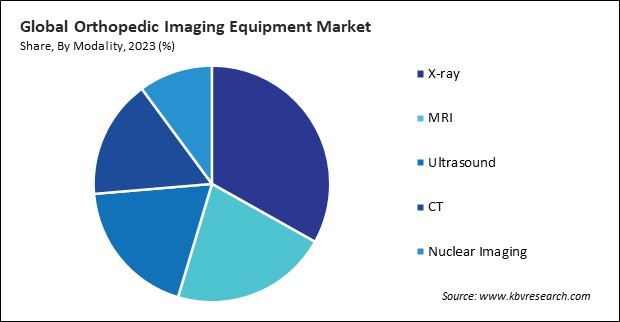
On the basis of indication, the market is classified into trauma cases, sport injuries, spinal injuries, arthritis, bone disorders, musculoskeletal cancer, muscle atrophy, and others. The spinal injuries segment procured 19.3% revenue share in the market in 2023. In spinal injuries, timely and accurate diagnosis is crucial for initiating appropriate treatment and preventing further neurological compromise.
Free Valuable Insights: Global Orthopedic Imaging Equipment Market size to reach USD 39 Billion by 2031
Region-wise, the market is analyzed across North America, Europe, Asia Pacific, and LAMEA. The Asia Pacific segment garnered 28.3% growth rate in market in 2023. Along with its rapidly expanding population, the Asia-Pacific region also has a sizeable elderly demographic.
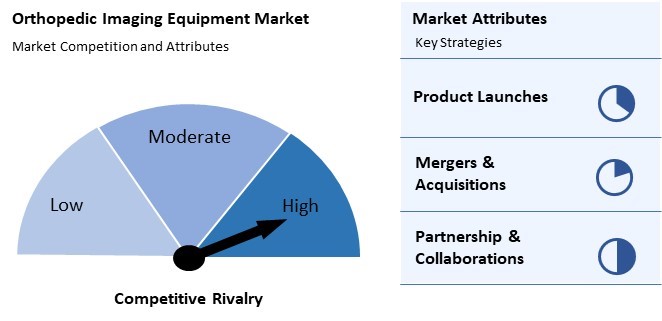
The market is fiercely competitive, with major players like GE Healthcare, Siemens Healthineers, and Koninklijke Philips N.V leading the fray. Innovation is paramount, with a focus on advanced imaging modalities like MRI, CT scans, X-rays, and ultrasound systems tailored for orthopedic applications. Technological advancements such as AI and 3D imaging are reshaping the landscape. Regulatory compliance, market consolidation, and evolving healthcare trends also significantly influence market dynamics, driving companies to continuously adapt and innovate.
Firstly, the resumption of elective procedures and imaging exams contributed to increased demand for this, as patients sought diagnosis and treatment for musculoskeletal conditions that had been deferred during the height of the pandemic. Secondly, the adoption of telemedicine and remote imaging services surged during the pandemic, driving the demand for portable and mobile imaging devices that could be used in home-based or remote healthcare settings. Thus, the pandemic had an overall positive impact on the market.
Patient and healthcare provider preferences for less invasive treatment alternatives are propelling the growing popularity of minimally invasive surgery (MIS), which constitutes a substantial segment of the market.
Additionally, the elderly population is increasing dangerously quickly in every nation on Earth. Its population is projected to reach approximately 1.5 billion people by 2050. Seniors are expected to make up 16.0% of the world's population by 2050. Thus, the growing geriatric population drives the demand for it by increasing the prevalence of musculoskeletal conditions and age-related injuries.
The high cost of procuring and maintaining equipment is a significant restraint within the orthopedic imaging equipment market. Orthopedic imaging technologies, such as magnetic resonance imaging (MRI), computed tomography (CT), and advanced X-ray systems, involve substantial initial capital investments for healthcare facilities. Hence, all these factors may hamper the growth of the market.
| Report Attribute | Details |
|---|---|
| Market size value in 2023 | USD 4.8 Billion |
| Market size forecast in 2031 | USD 7.5 Billion |
| Base Year | 2023 |
| Historical Period | 2020 to 2022 |
| Forecast Period | 2024 to 2031 |
| Revenue Growth Rate | CAGR of 5.7% from 2024 to 2031 |
| Number of Pages | 294 |
| Number of Tables | 423 |
| Report coverage | Market Trends, Revenue Estimation and Forecast, Segmentation Analysis, Regional and Country Breakdown, Competitive Landscape, Porter’s 5 Forces Analysis, Company Profiling, Companies Strategic Developments, SWOT Analysis, Winning Imperatives |
| Segments covered | Modality, Indication, End-use, Region |
| Country scope |
|
| Companies Included | GE HealthCare Technologies, Inc., Koninklijke Philips N.V, Siemens Healthineers AG (Siemens AG), Canon, Inc. (Canon Medical Systems Corporation), Esaote SpA, Carestream Health, Inc. (Onex Corporation), Shenzhen Mindray Bio-Medical Electronics Co., Ltd., Shimadzu Corporation, Hologic, Inc., Planmeca Oy |
By End-use
By Modality
By Indication
By Geography
This Market size is expected to reach $7.5 billion by 2031.
Increasing adoption of minimally invasive surgery are driving the Market in coming years, however, Limited access in rural areas restraints the growth of the Market.
GE HealthCare Technologies, Inc., Koninklijke Philips N.V, Siemens Healthineers AG (Siemens AG), Canon, Inc. (Canon Medical Systems Corporation), Esaote SpA, Carestream Health, Inc. (Onex Corporation), Shenzhen Mindray Bio-Medical Electronics Co., Ltd., Shimadzu Corporation, Hologic, Inc., Planmeca Oy
The expected CAGR of this Market is 5.7% from 2024 to 2031.
The X-ray segment is leading the Market by Modality in 2023; thereby, achieving a market value of $2.3 billion by 2031.
The North America region dominated the Market by Region in 2023, and would continue to be a dominant market till 2031; thereby, achieving a market value of $2.5 billion by 2031.
Our team of dedicated experts can provide you with attractive expansion opportunities for your business.
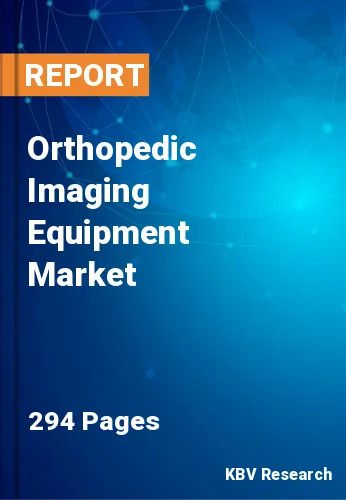
 Drivers
Drivers
 Restraints
Restraints
 Opportunities
Opportunities
 Challenges
Challenges
